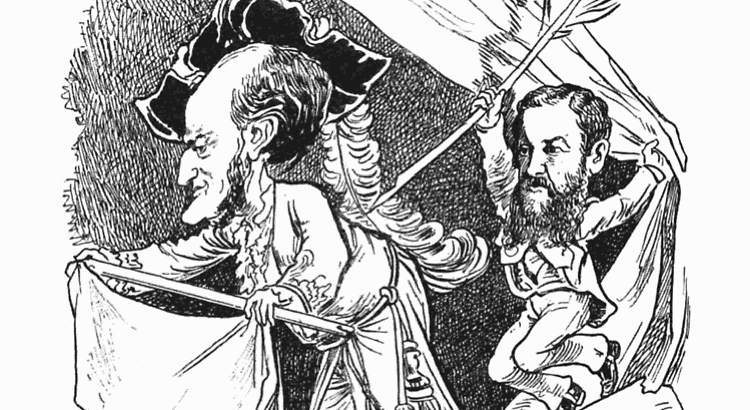I’m an impulsive, all-or-nothing type person. What’s moderation? What’s discipline? How the hell did I quit smoking? Especially since I loved smoking. Well, here’s the story, along with some motivational bullshittery because it’s New Years, the time of year where people vow to quit smoking and get in shape – and I’ve had some success so far.
First Some Background
I first attempted to quit smoking about 12 years ago, when the taste of cigarettes had become utterly foul to me. I managed to get all the way down to one cigarette a day, but just couldn’t give that one up. So I gave up. I said, “Screw it. If I’m going keep smoking, I’m going to damned well enjoy it.” And I bought myself a pipe and 25 grams of some shitty vanilla tobacco.
I smoked that damned thing for 10 years, until all I could stand was the finest Virginia tobaccos. I loved it. Other people loved it. The same people who used to do that “hack hack, cough cough” routine as they passed by would take a deep breath, fill their lungs with the stuff, and say, “Mmm, that smells so good!” It was like burning incense, with nicotine, and I still get a twinge of nostalgia thinking about it – but I don’t get the craving.
The thing is, I haven’t touched a cigarette since. I’d completely transferred my habit to the less addictive, less additive-infected pipe tobacco. The cravings were different. They didn’t come with the same pain and urgency. It’s probably the same reason vaping helped my SO stop smoking around the same time.
Vaping didn’t help me quit the pipe though. I was definitely addicted, smoking on average about 50 grams of tobacco a week. I had a pipe in my mouth the whole time I wrote my first novel. I didn’t want to quit, but I had to. The reasons were piling up: my teeth are trashed, my SO developed an allergy to my favorite tobacco, taxes raised the price to $1.50 a gram and I’d lost my day job due to chronic migraines.
So how did I finally quit? I’ll break it down into a nice little listicle, because everyone loves listicles!
Read More




 by
by 

